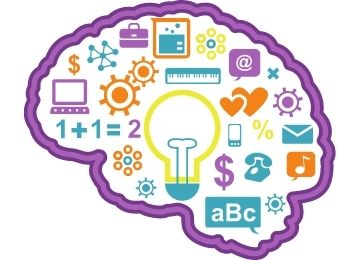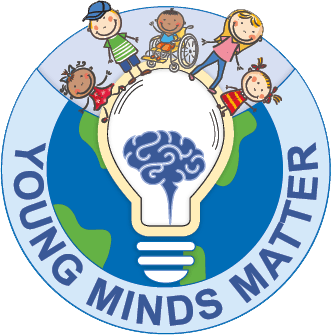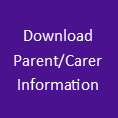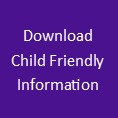Medication Information
 Aims of Treatment
Aims of Treatment
The aims of treatment are to reduce functional impairment and severity of symptoms, and also to improve quality of life.
We generally do not medicate children below 6 years old.
When being treated by our ADHD Treatment Team, your young person will need a physical check every 3 months. This check may be conducted by our ADHD Nurse, or our Support Workers. A medication review will also be completed at regular intervals. This will depend on your young person's age and stability on the medication.
None Medication Considerations
We cannot stress the importance of:
- a balanced diet
- good nutrition
- regular exercise.
If hyperactivity appears to be influenced by certain foods or drinks, parents or carers should keep a diary of food or drinks consumed and the associated behaviour.
Environmental modifications are changes made to the physical environment that can help reduce the impact of ADHD symptoms on a child's day to day life. The modifications should be specific to the child's circumstances. These may involve:
- changes to seating arrangements, lighting and noise
- reducing distractions
- optimising education by having shorter periods of focus with movement breaks
- the appropriate use of teaching assistants at school.
In adolescents, a course of cognitive behavioural therapy (CBT) or dialectical behaviour therapy (DBT) in combination with drug treatment should be considered. This is aimed at those who have had some benefit from drug treatment, but still have symptoms causing significant impairment in at least one area of function. For example:
- social skills with peers
- problem solving
- self control
- active listening skills
- dealing with and expressing feelings.
Medications for ADHD Treatment
There are numerous medications that can be used in the treatment of ADHD. The type used depends on:
- the severity
- allergies
- reactions
- other comorbidities such as Autism.
Below are the main medications approved for use in the treatment of ADHD. The treatment used for your young person will be very individualised so comparison to another young person or situation should not be made.




